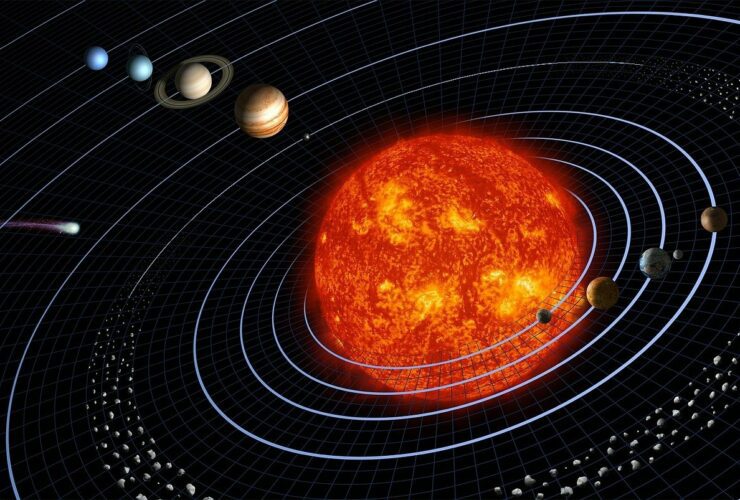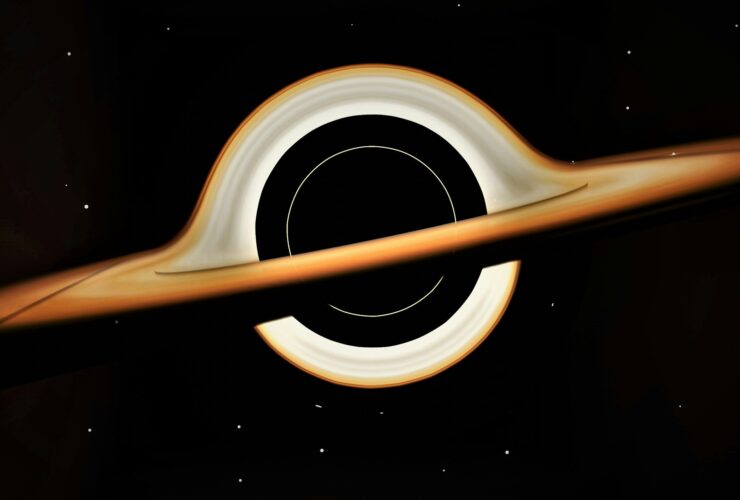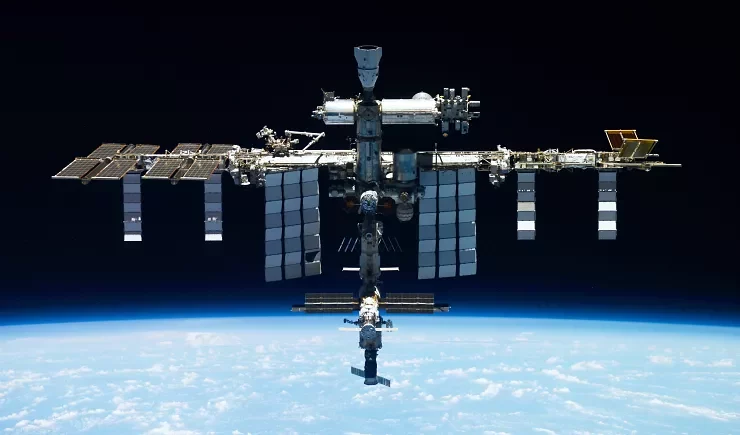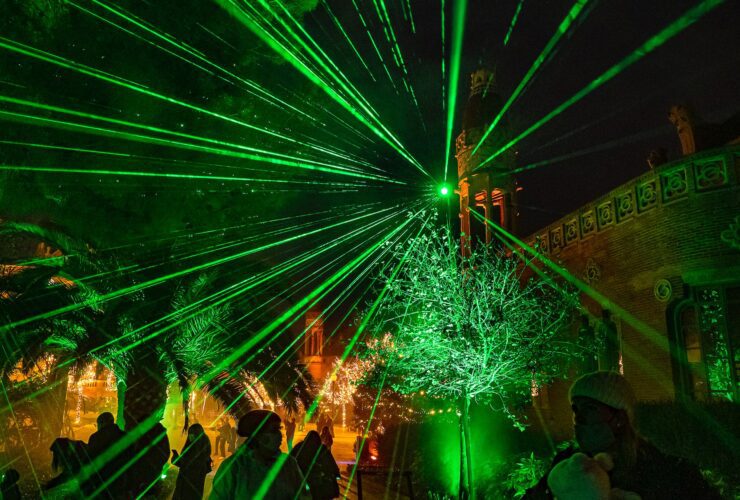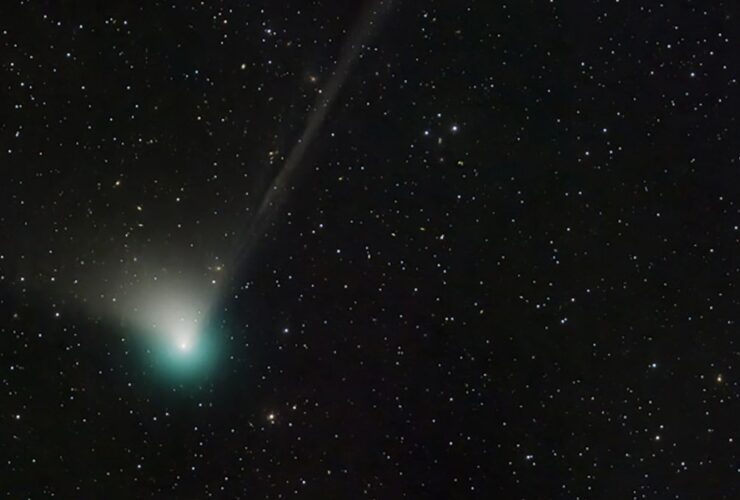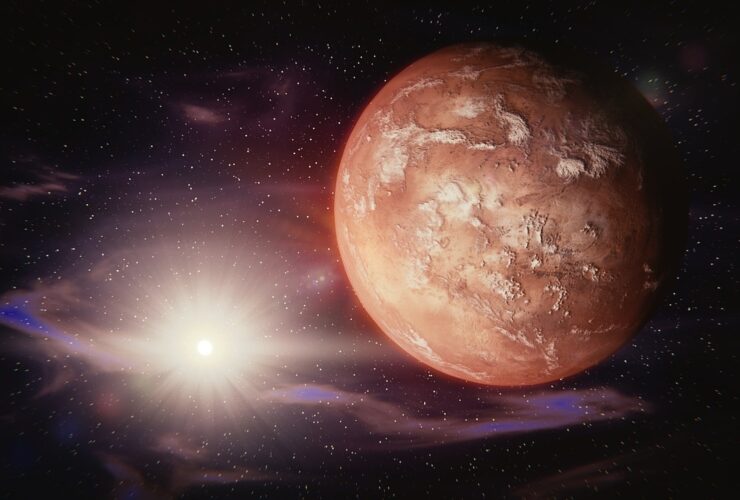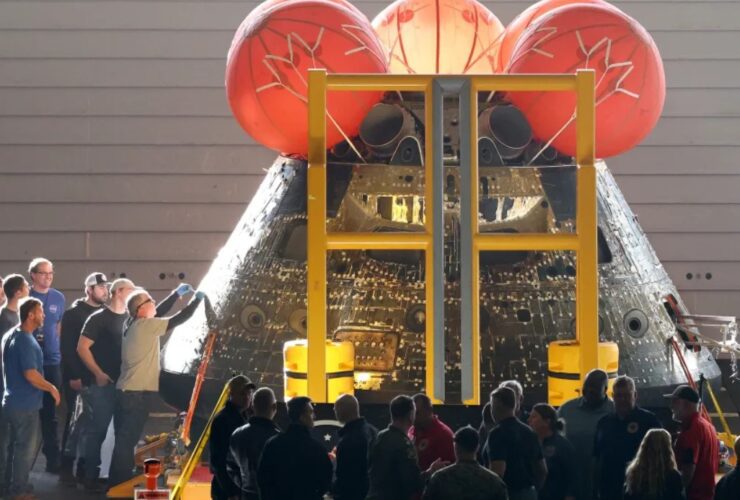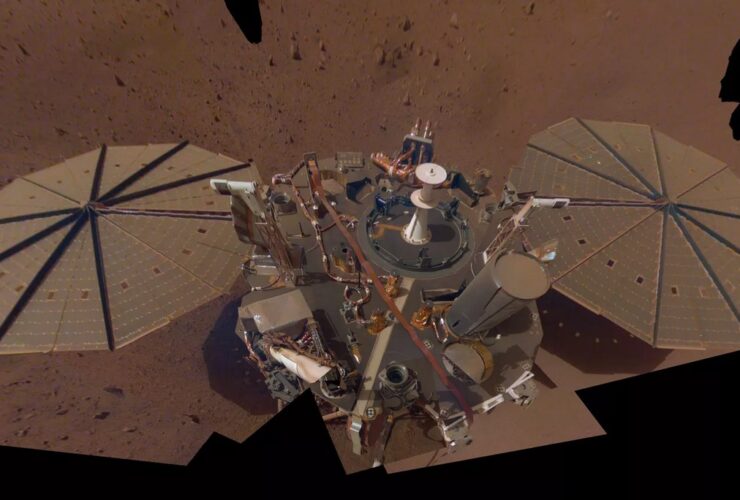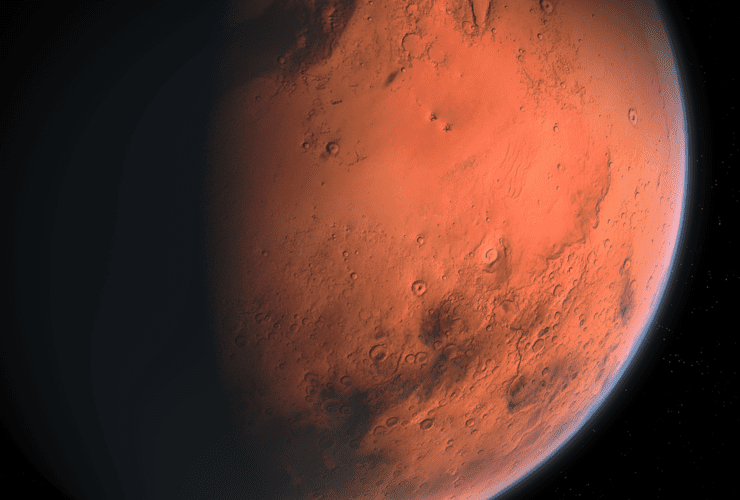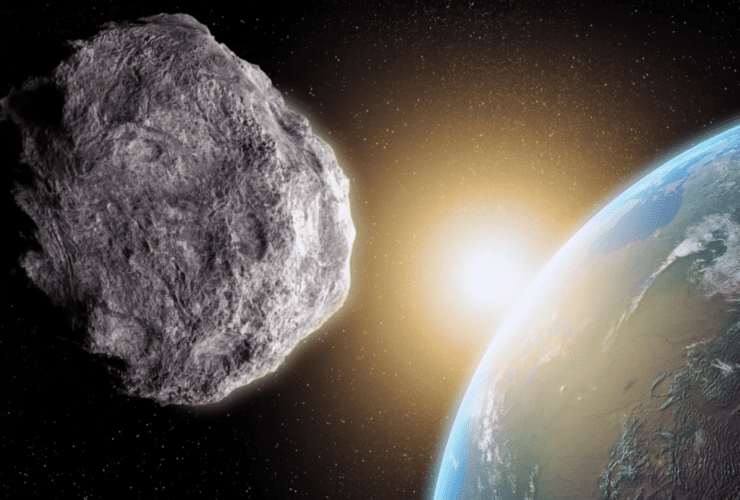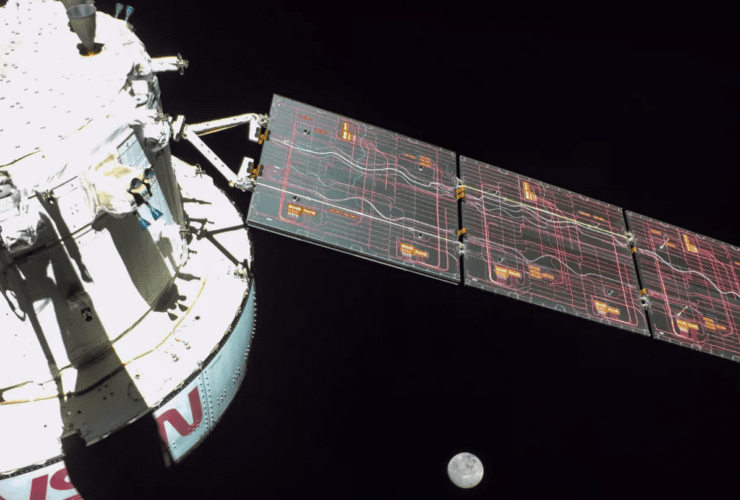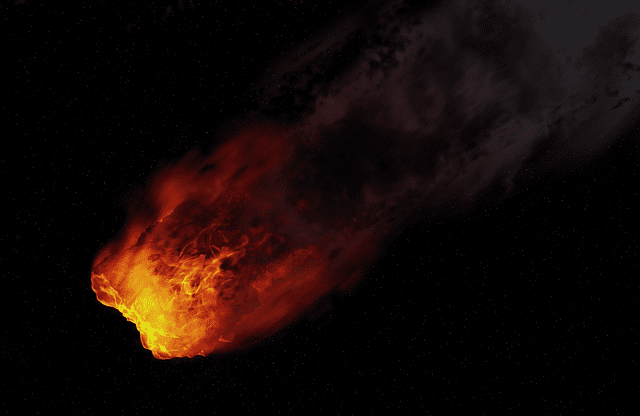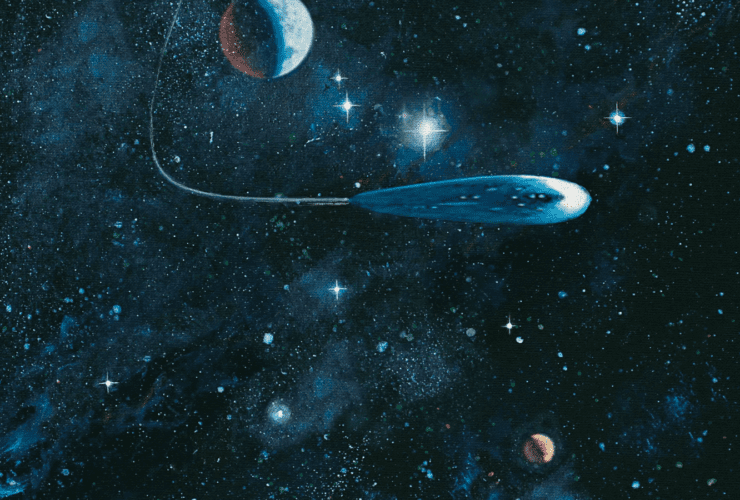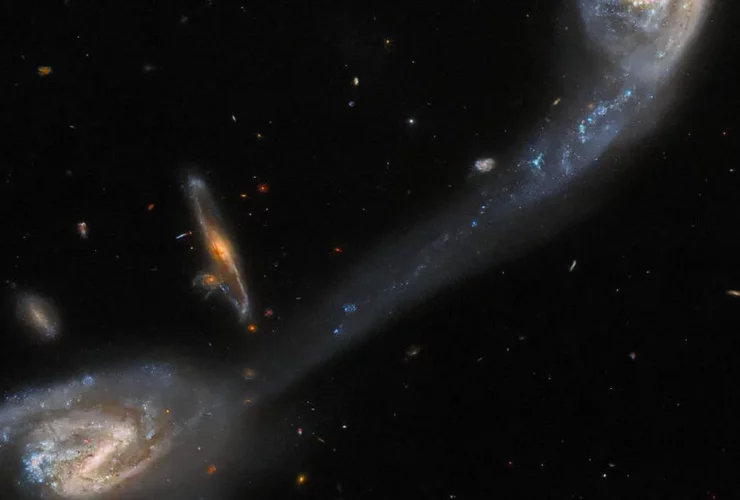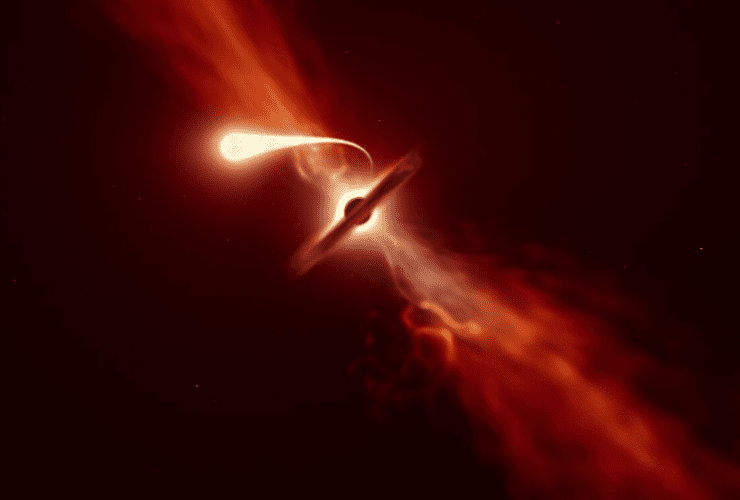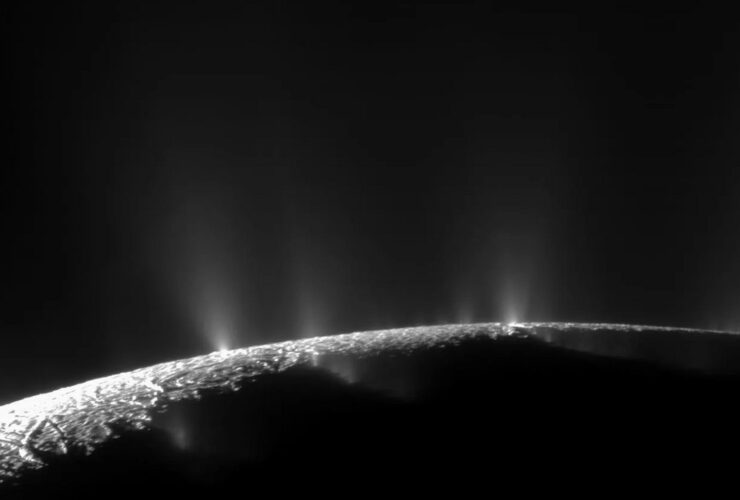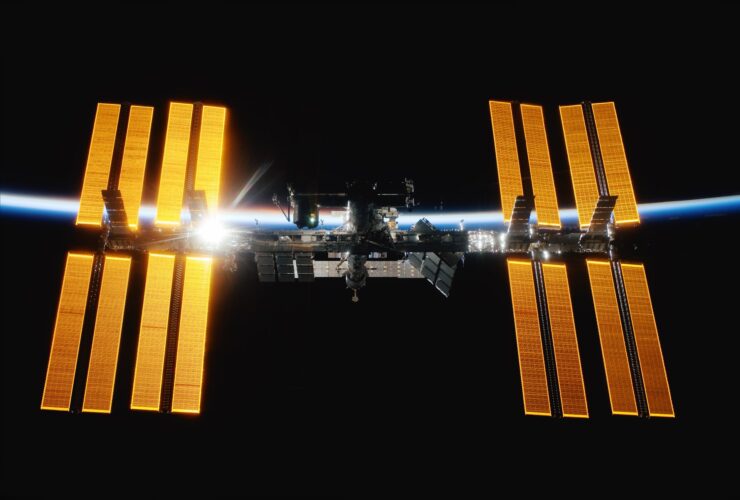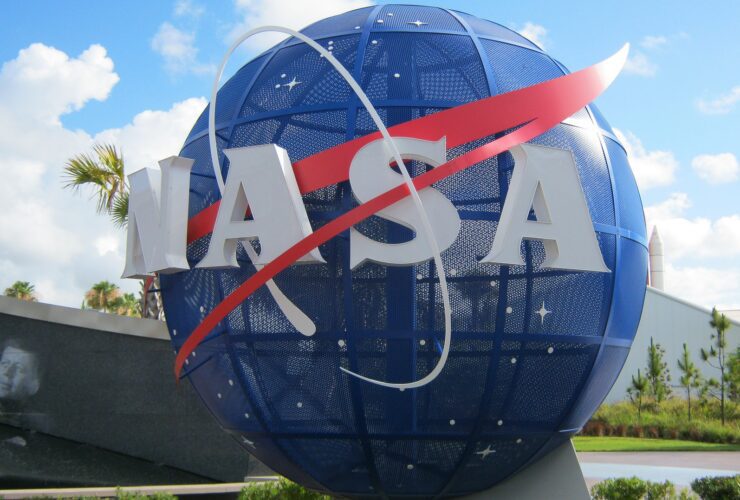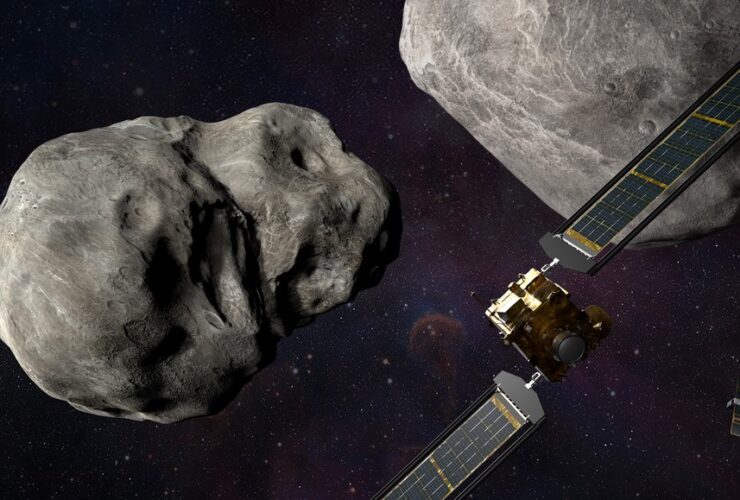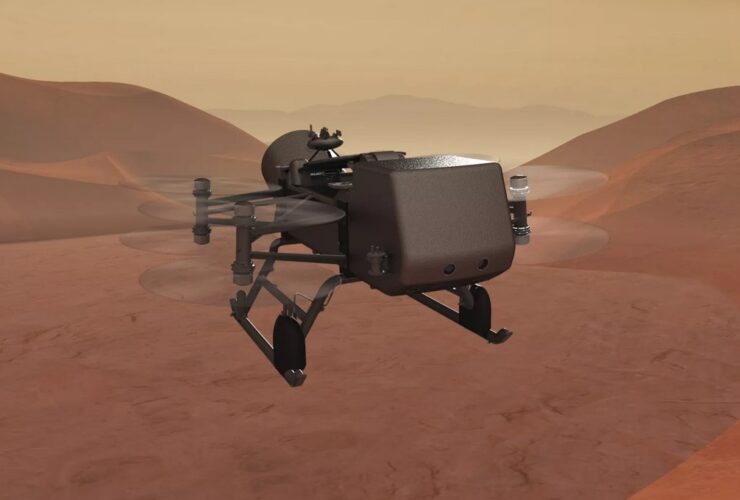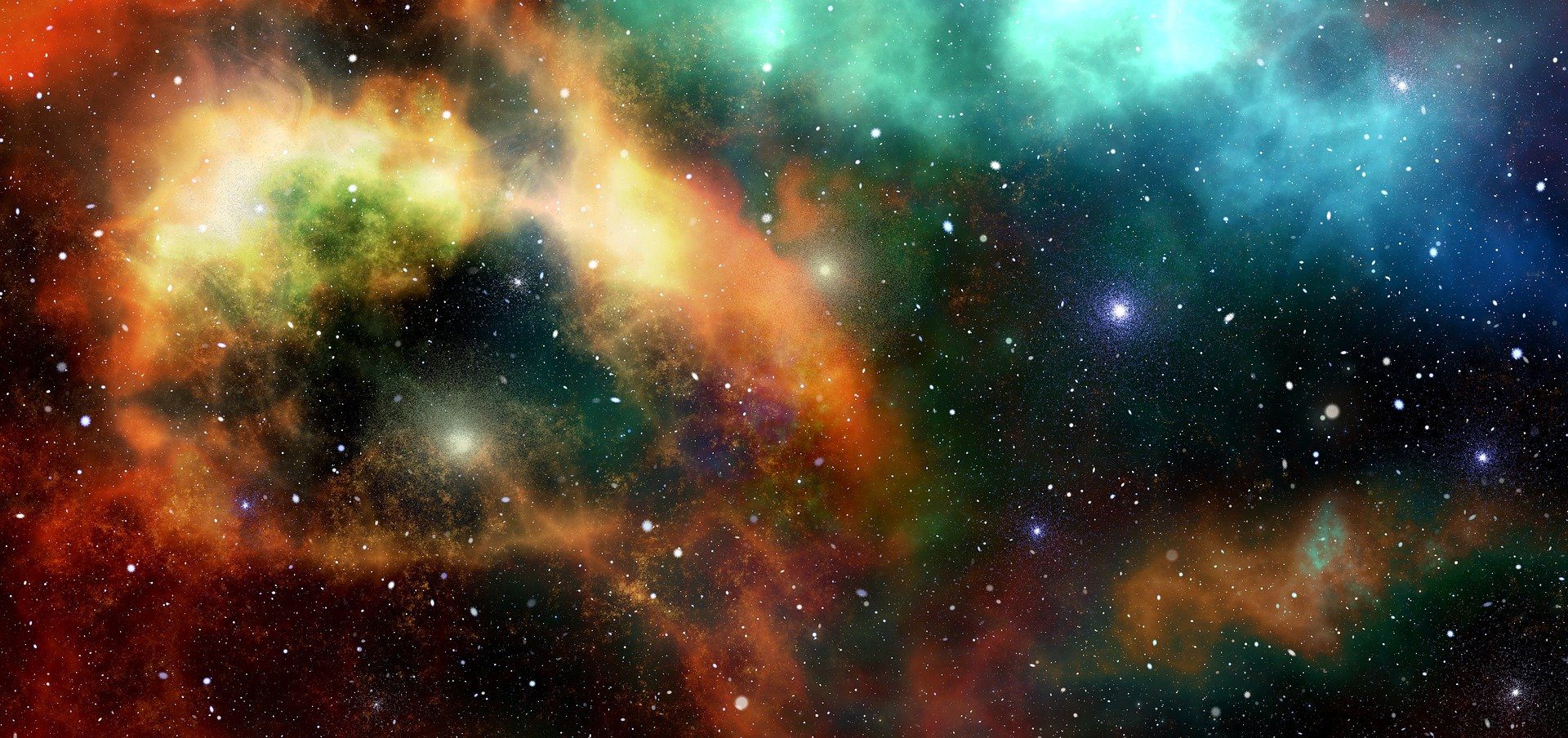Astronomers have understood for a long time that our Solar System is a cradle of endless possibilities, and it’s now just beginning to unveil its wonders. NASA scientists are now eager to study mysterious interstellar objects that pass through our ...
Astronomers surely felt a few chills down their spine when they first discovered the 2024 YR4 asteroid last year in December, as this space rock clearly is no space dust. It’s the size of an imposing building, as it measures ...
When NASA astronaut Don Pettit points his camera at the cosmos, magic happens. Known for his keen eye and technical finesse, Pettit recently captured an extraordinary long-exposure image of the Large Magellanic Cloud (LMC) and the Small Magellanic Cloud (SMC) ...
As space unfolds itself right before its lens, the Juno spacecraft from NASA was able to catch something quite peculiar yet breathtaking When something like this happens, it leaves one in a state of amazement and wonder about what such ...
Black holes remain some of the most mysterious and dangerous cosmic objects, as falling into one will almost certainly not give you the ability to travel in time, as happened in the sci-fi movie “Interstellar” from 2014. Black holes can ...
On Tuesday (July 25), NASA experienced a temporary loss of communication with the International Space Station (ISS) due to a power outage that occurred at its facilities in Houston, Texas. Things were not going well, and the flight controllers at ...
On January 28, a green laser was seen slicing across the night sky over the Hawaiian islands, quietly following a path towards the horizon like a glitch in the Matrix’s coding. From the highest point in Hawaii, a telescope captured ...
The JWST (James Webb Space Telescope) has reached another incredible milestone: its first exoplanet finding confirmation. The telescope has already produced visually breathtaking and scientifically outstanding results from its first six months of operation. It looked 41 light years into ...
The night sky will host a green comet for the first time in 50,000 years, being by far the most incredible space event that has happened lately. The comet is recently discovered via the impressive Zwicky Transient Facility’s wide-field survey ...
It is difficult to predict exactly when humans will land on Mars, as it depends on a number of factors, including technological advancements, funding, and political will. Several space agencies and private companies around the world have announced plans to ...
NASA’s Artemis 1 Orion spacecraft has arrived back at the Kennedy Space Center after completing its 1.4 million mile journey to the Moon and back. The space agency can now take apart the capsule and release more details! What’s NASA ...
Mars is quite shaky, and now we have more proof. A seismic event recorded on our neighbor planet is now the greatest ever detected, with a magnitude of 4.7. Five times stronger than the InSight lander’s previous greatest earthquake on ...
Two new samples of regolith from the Mars 2020 Perseverance mission could aid researchers and engineers in their study of the Red Planet and planning of future missions. The NASA Perseverance rover collected two more samples from Mars on December ...
China will float a 2-in-1 asteroid deflection mission in 2025. Also, a larger rocket will launch the first planetary defense test mission a year earlier. NASA did on its recent Double Asteroid Redirection Test (DART) mission, and now China wants ...
On Monday morning, December 5, you can watch NASA’s Artemis 1 Orion capsule performing a crucial engine burn in the course of a flyby of the moon. The Orion is scheduled to perform a 207-second engine burn, longer than the ...
Sometimes asteroids come dangerously close to Earth, but they always miss us by a safe margin. Amazingly, astronomers have discovered three NEAs that were previously invisible due to the Sun’s intense light. These asteroids include the largest potentially dangerous object ...
NASA scientists explain why we never met other lives. All intelligent life has destroyed itself before extending enough points in evolution to carry such an encounter. They believe that humans would have the same fate if we didn’t take action. ...
Caverns of blackness in our cosmos are frequently alleviated by glimmers of light. This is because there are both empty space surrounding bustling, bursting nebulas and black holes that consume stars that are on the smaller side. One of the ...
The intermediate-mass black hole revealed itself to astronomers when it guzzled up a star strayed too close. The shredding of the star produced a flare of radiation that shortly outshone the combined stellar light, known as a “tidal disruption event.” ...
NASA reveals the approach of another asteroid that gives us the creeps. Today, November 7, the space rock dubbed ‘2022 UN21’ will make its closest approach to our planet. The Jet Propulsion Laboratory of NASA brings the news regarding the ...
This new instrument is ready to fly to Europa or Enceladus. But for what exactly is this instrument? NASA scientists are trying to find new locations where life could exist. So far, it is Saturn’s moon En, celadus, and Jupiter’s ...
The International Space Station (ISS), which is operated by NASA and the ESA (European Space Agency), is once again under the spotlight. The spacecraft is forced to make various maneuvers in space in order to avoid a chunk of a ...
NASA’s next-generation James Webb Space Telescope continues to be under the spotlight after it has presented photos of Jupiter, Neptune, and much larger celestial bodies. The telescope has now found evidence of a cluster of galaxies merging around a black ...
In a first-of-its-kind test to safeguard our planet, a spectacular asteroid collision rammed a NASA probe into a space rock. The impact proved more powerful and effective than experts had anticipated. On September 24, the Double Asteroid Redirection Test, aka ...
Exploring Saturn’s Biggest Moon Titan is Totally Happening – Find Out More About Dragonfly’s Mission
New data from the Cassini spacecraft predicts that NASA’s Dragonfly mission to Saturn’s giant moon would land on a landscape with dunes and frozen bedrock. But there’s more than meets the eye! Titan, Saturn’s biggest moon, will soon be finally ...

